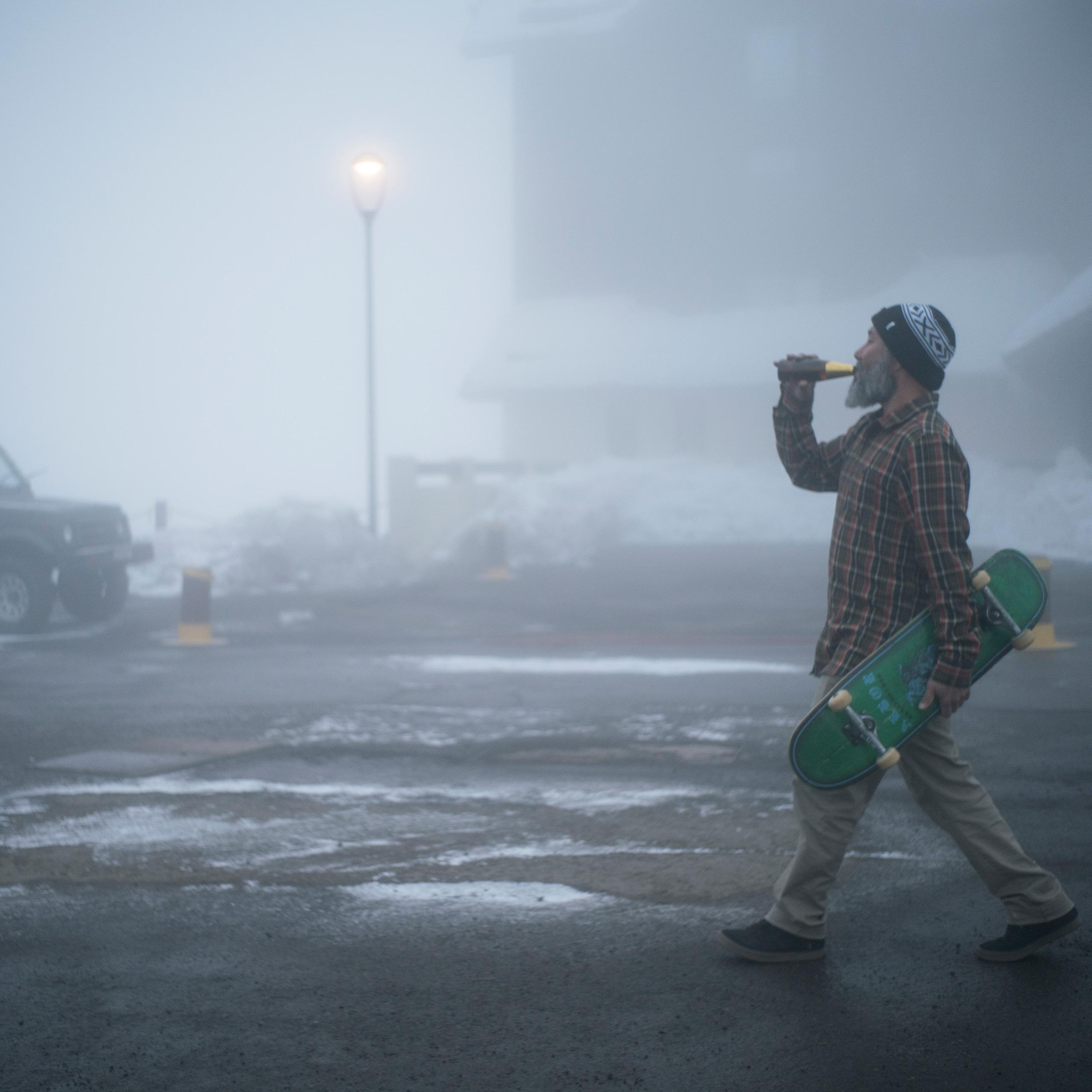
10 minute read
Alex Yoder
the unfound
bryan iguchi
Advertisement
An intimate look at the life of a living snowboard legend.
Bryan making time for some high-altitude smith grinds on the local miniramp in Valle Nevado, Chile.
WORDS: ALEX YODER
PHOTOS: WADE DUNSTAN / ARBOR SNOWBOARDS
PRESENTED BY: TETON GRAVITY RESEARCH, VOLCOM & GORE-TEX
Surfing is the soulful mother of the board-riding experience. It was humankind’s first taste of standing on a plank and manipulating its direction with subtle shifts in foot position and body weight. This act was known by the native Hawaiians as the “Sport of the Kings” and held deep cultural stake in the hearts of the Polynesian people. A couple of hundred years down the road, skateboarding was spawned by surfers who were so keen for the glide that they wanted to be able to recreate the feeling anywhere, anytime - including on land. I like to think the same is true for snowboarding - the goal is always to find the glide and lose your thoughts.
One common thread in board sports is the inherent lack of a practical application for any of these activities. Maybe you’ve used your skateboard to move your TV out of your house or your surfboard as a sunshade on the beach, but the purpose of these boards is none other than to have a good time. To facilitate self-expression. A way to play with gravity. A game with no rules and no way to cheat. Board sports have become the prideful champions of subcultural delinquency. Often lopped into the same culturally unacceptable uses of time with graffiti art and punk rock. It’s taken a long time for board sports, and snowboarding especially, as the runt of the litter, to catch on. But now that these sports have found cultural acceptance to some degree, we must not forget why it is that we paddled out in the first place. Bryan Iguchi’s humble beginnings on the northern edge of the Los Angeles sprawl in a city called Moorpark nested him straight into the heart of the skate and surf capital of the contiguous 48 states. He was 11 years old when he caught a wave at Ventura Point for the first time. In those early days, Bryan’s mom would drop him and his brother off at the beach in Ventura on her way to work. The boys would stash a candy bar in the sleeve of their wetsuits so they could surf all day without having to paddle in to refuel. The self-expression found in surfing and skating synthesized into passion early in Bryan’s life.
Bryan’s first experience snowboarding came a couple of years later at the age of 15, a bit east of the beach in Big Bear, California. He immediately fell in love with the feeling of surfing on snow. As a Christmas gift one year, his mom signed him up with LA Ski and Sun Tours, a company that took mostly college-age students from LA to ski and beach destinations around the country, which would later become Bryan’s first sponsor. On the bus, he visited resorts all over Utah and Colorado, as well as a little resort off the beaten path called Jackson Hole. Bryan remembers Jackson feeling different than the other places he had visited. There was something free and wild about it that stayed with him long after he returned to the Southern California sunshine.
In the early days of Bryan’s professional snowboarding career, he was one of the top progressive freestyle riders. He was the skater from SoCal that did creative butters, shifties, spins, and flips, lighting up the first-ever terrain parks at Bear Mountain with aerial wizardry. But Bryan wasn’t satisfied with his early success; he felt like there was more to explore, more to learn from snowboarding. That’s what began to set him apart - everyone loves tricks and technical acrobatic prowess, but Bryan had a simple passion for surfing the mountain that he couldn’t deny.
On a road trip from Mammoth to Tahoe one year with Volcom’s co-founder Richard Woolcott, rider Mike Parillo, and photographer Nick Adams, Bryan found himself glued to the window, his field of view packed to the brim with mountains. He had a feeling of insatiable curiosity urging him to suggest a random left turn into the Sierras just to see what was up there. The crew went along and that left turned into a month-long camp out where the crew explored and rode in an unfamiliar land known as “the backcountry.” Much of the footage from Volcom’s film The Garden would come from that trip. Within
Bryan and Cam FitzPatrick find airtime during a spring shred mission in Yellowstone National Park, Wyoming.
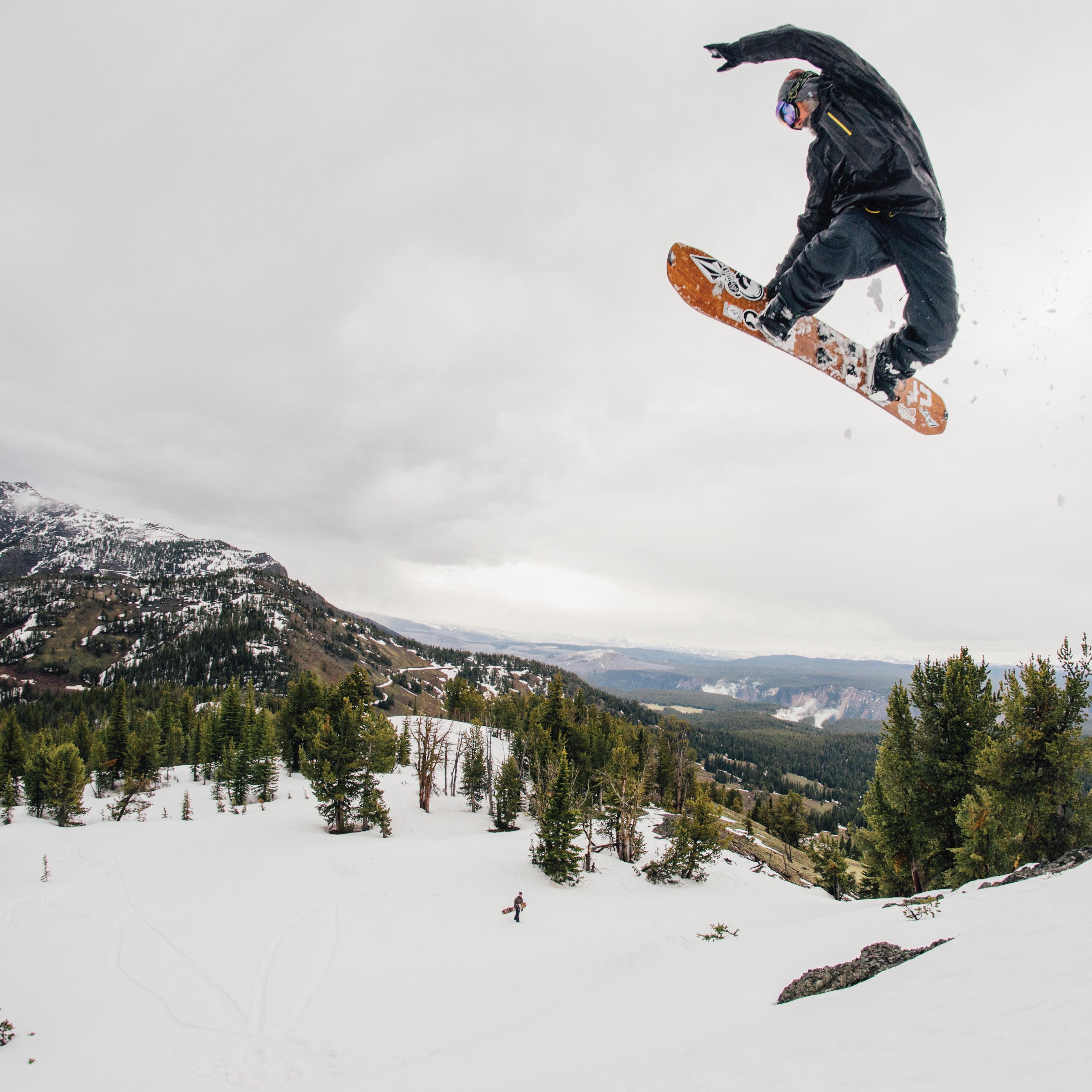
minutes of parking and trudging out into the snow, Bryan had unconsciously, yet unquestionably, found his life’s pursuit. Coming from a densely populated metropolis to the pristine, untouched mountains, the fluffy white pearly gates opened up wide and pulled Bryan deep into their grasp. His course was set from that point on. Exploring in the mountains would not be a hobby or just part of his job, it would become the embodiment of his truest self.
By age 21, Bryan was a pretty big deal in the snowboard world. He was part of the early generation of professionals who were revolutionizing the adolescent sport every day and getting paid handsomely in the process. By virtue of being on the Burton team, he had spent quite a bit of time with the monk of backcountry snowboarding, Craig Kelly. Craig was the most inspiring role model one could have had in the pursuit of pure existence. His illustrious snowboarding career was just the vehicle for his love for exploration and connecting with his environment - something Bryan took notice of early on. His time with Craig altered his path in snowboarding and influenced his fateful decision to pull up roots and move to Jackson Hole.
Jackson was far off the map when Bryan planted himself here in 1996. It was still the Wild West, a lawless land where mother nature always had the final say. He had come to explore, to get lost. He left the California shred scene behind in search of the frontier of snowboarding. The valley of Jackson Hole and its piercing mountain vaults had been on his mind for years and it was time to translate his daydreams into reality.
I dream of these days. Before there was a handbook listing exactly how you should go about your business as a backcountry “user.” In recent history we’ve developed safety nets to allow this experience to develop wide societal acceptance. But back in those days, to go out into the untamed as a band of reckless optimists was neither recommended nor bound by reason.
Bryan’s search for new terrain led him to discover many of Jackson’s most iconic backcountry canvases. The quest began on foot, hiking to lines from Teton Pass and out of the gates at JHMR once the open boundary policy had been put into effect. Bryan and Lance Pitman were reportedly the first snowboarders in the valley to start exploring areas like Togwotee Pass on snowmobiles. Having a little two-stroke pony between the cheeks with their tanks full to the brim with curiosity multiplied their reach by miles.
In 1999, Jackson Hole Mountain Resort implemented a system of backcountry access gates, suddenly granting access to hundreds of thousands of acres of backcountry terrain that had previously been difficult to access. The move sparked a bonanza of backcountry skiing and snowboarding in Jackson Hole, and the amount of people choosing to go out of bounds has sharply risen year after year.
The quest for new terrain and deep turns is not without consequence, however. One cold day in January 2003 would change Bryan’s relationship with snowboarding forever.
On January 6, 2003 up-and-coming French pro-snowboarder Tristan Picot
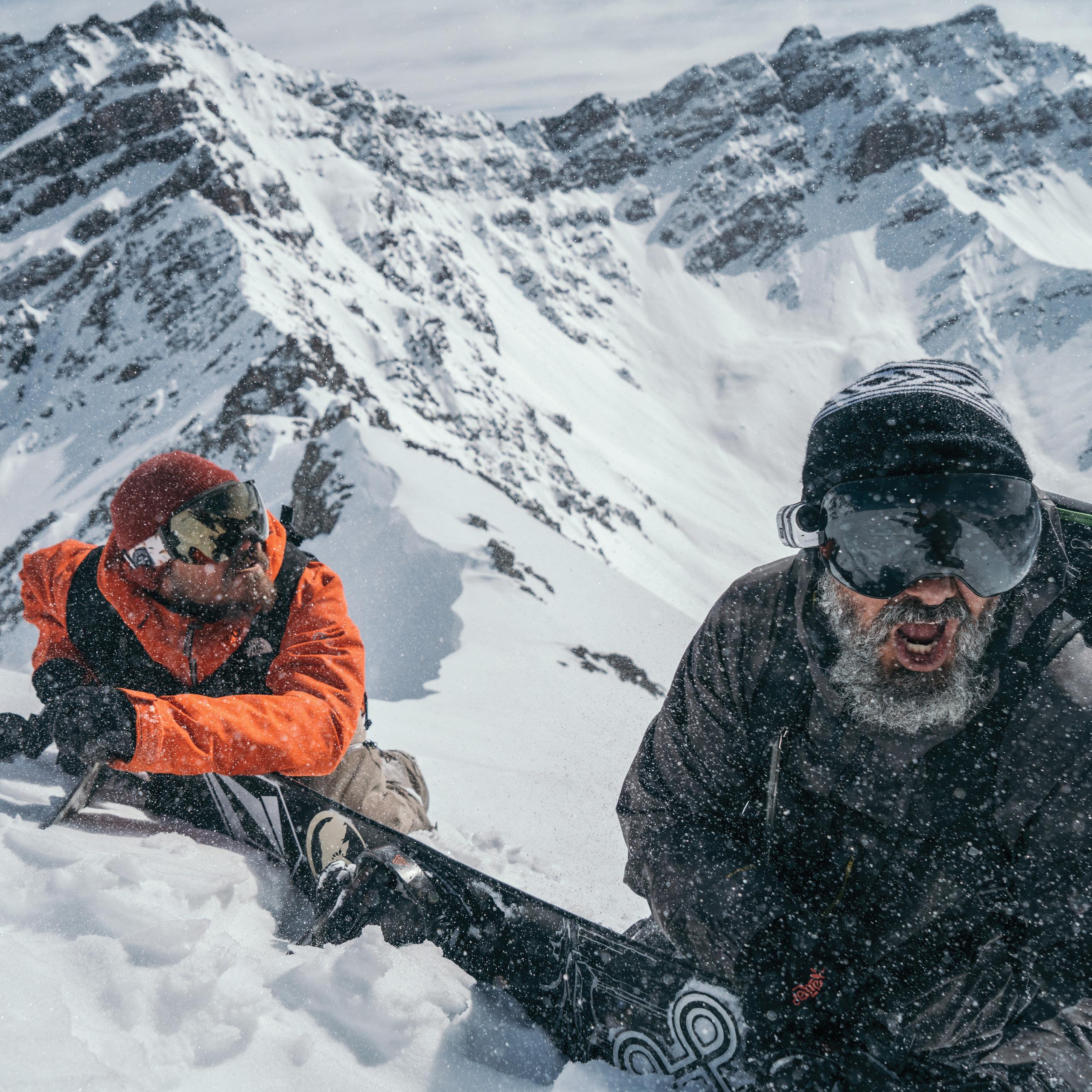
Bryan and Mark Carter hunker down under the rotor wash from a helicopter on top of a peak in Valle Nevado, Chile.
Bryan rips down ‘57 Chevy Couloir near the top of Beartooth Pass, Montana, in a whiteout blizzard.
The outer leaves of a purple cabbage plant on the brink of maturity aren’t as purple as you’d expect, there’s a mesmerizing dark green hue at the base of the leaf that is not purple, nor green or blue. This is Alex Yoder’s favorite color. @yoderyoder
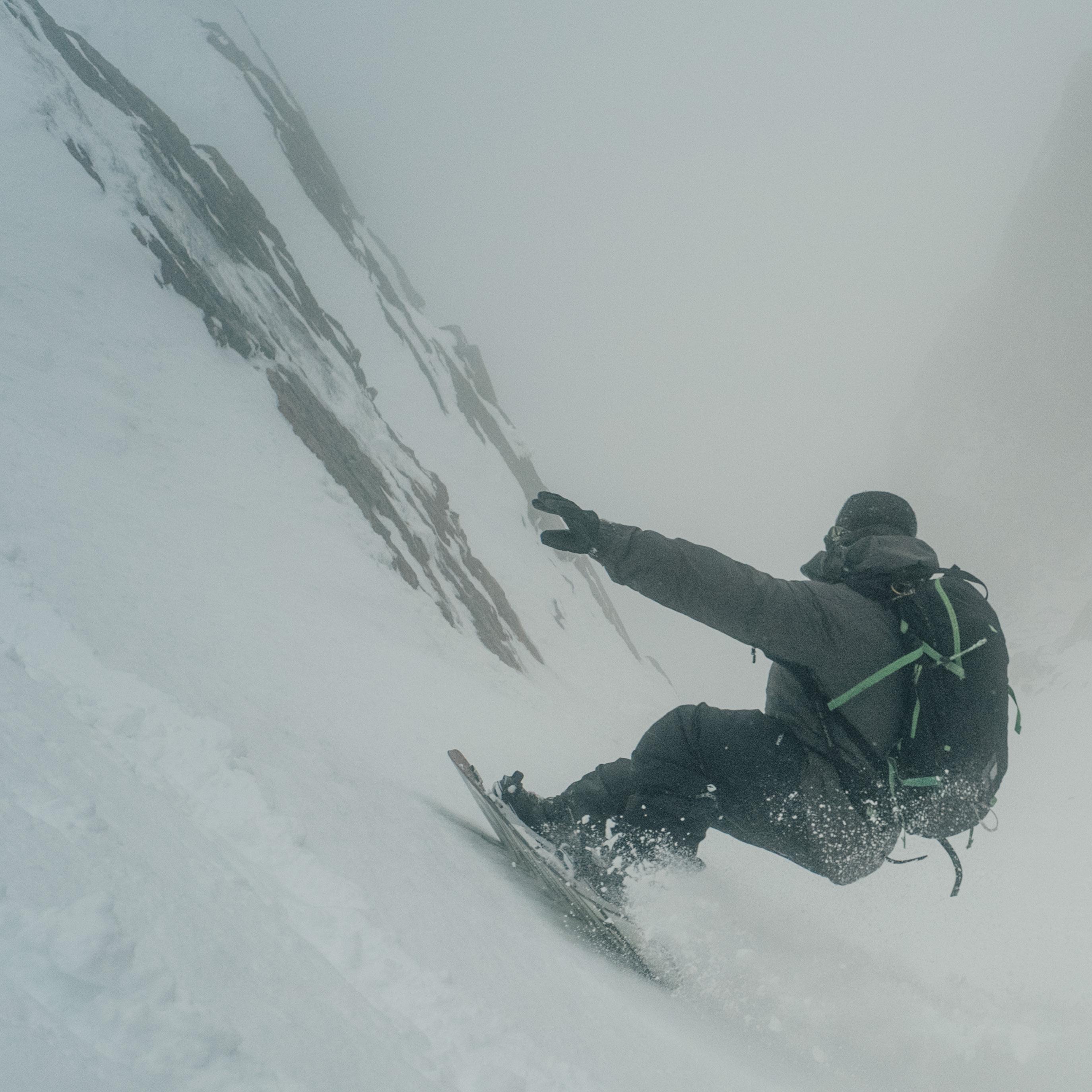
snowmobiled up to Ski Lake on Teton Pass in Jackson Hole with Bryan, Travis Rice, and Lance Pitman. On their second lap, Rice and Picot situated themselves at the top of a line, and Travis went first, successfully descending the couloir. When Picot followed, the snow ripped out from under him and he was swept 500 feet over rocky terrain, dying from his injuries.
“Snowboarding has brought me the best feelings I’ve ever experienced, but that day was absolutely the worst,” Bryan said. “I’d never experienced a loss of life and such tragedy.”
When a true master reaches the peak, he keeps climbing. Over the past decade, Bryan has graciously and honorably stepped into an invaluable role in the snowboard community, offering guidance to us ambitious young bucks. Jackson’s royal family, including the The Jedi himself - Travis Rice - and Blake Paul, the Crowned Prince, bestow much of their dexterity in backcountry travel to Bryan’s guidance. His 20-plus years exploring the Jackson area have taught him many hard-earned lessons. Lessons he’d rather help us avoid than dig out of. This type of mentorship is invaluable. A few years ago, Volcom saw Bryan’s wisdom and demeanor as traits they’d like to see imparted on their younger riders, and actually wrote it into Bryan’s contract - arguably the wisest deal any team manager in snowboarding has ever inked.
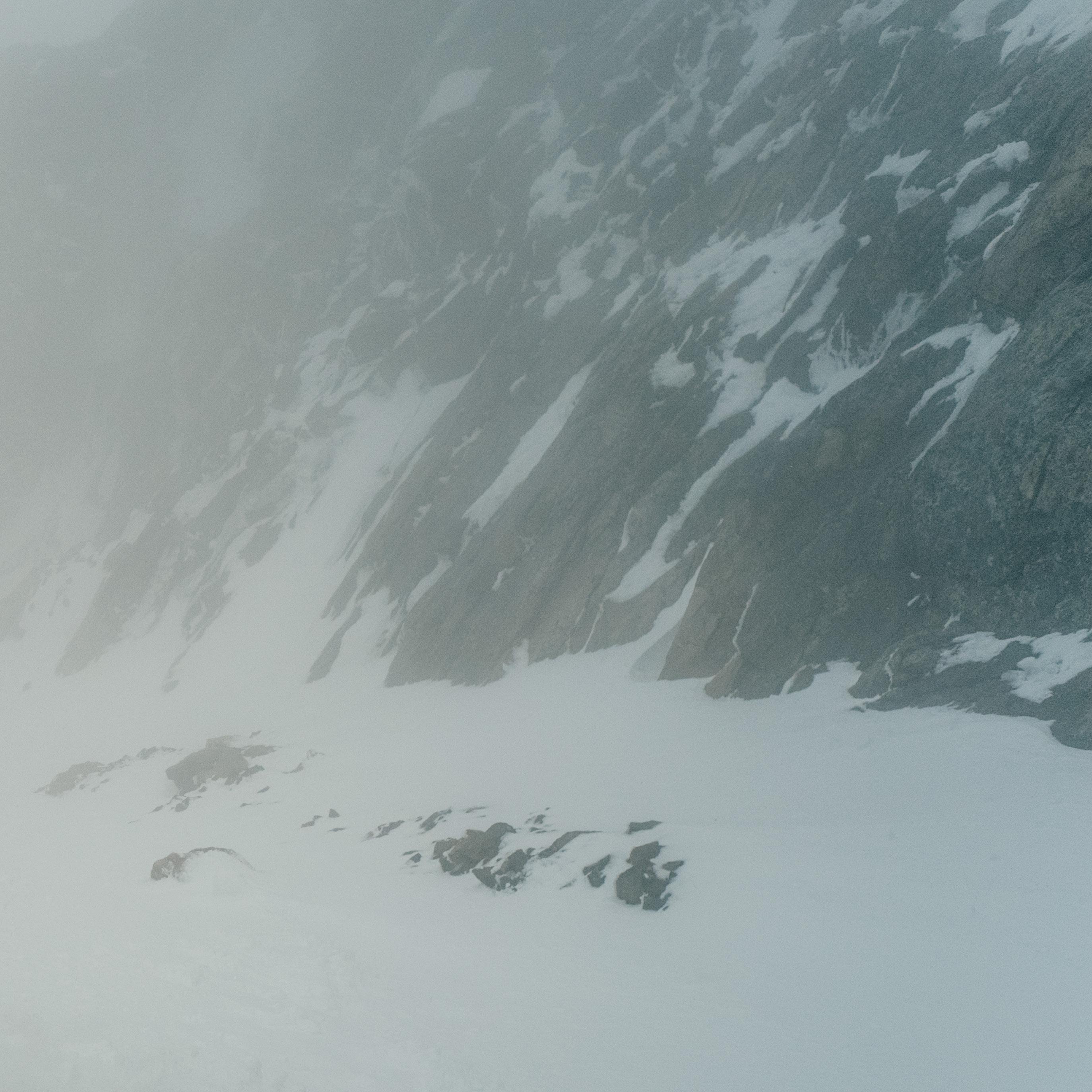
It’s odd to talk about this as a junction, because Bryan never actually let up with his riding. In the seven years I’ve been riding with him, his hunger to rally has never seemed to fade. His riding has always spoken for him. I’ll never forget when he likened our individual tracks down a single face to graffiti tags on a wall. Graffiti artists are known for leaving their signature; they leave a little piece of themselves with every tag. If you look closely, you’re able to notice the clean strokes, the near misses, if it came to blows, or they had to beat feet. If the moment was right, you witness the perfect pairing of expression and environment. An effortless glide that is short-lived visually, but forever sacred internally. What is it that keeps passion alive for decades? How does one wake up 40 years later still yearning to explore, to look past what is within reach and still have the spirit and sack to break the trail? It’s a question of grit. A tolerance for loose ground because the joy continually outweighs the suffering. The willingness to be educated by nature and nurtured by a curious spirit that won’t ever stop looking up at the mountains and wondering what’s out of sight.
Last year Bryan’s now 6 year-old son, Mylo, the eldest of two boys, took his first solo turns on a snowboard. For Bryan, that day on the bunny slope at Jackson Hole was more memorable than any line, jump, or turn he’d ever done himself. Looking at him now, I expect Mylo to become a shredder just like Dad, but Bryan doesn’t want him to necessarily follow in his footsteps. Bryan’s wife Lily especially doesn’t because she has seen the toll it can take on someone’s body. They just want him to feel the glide, to dream of the thoughtless space of existence where everything just is and nothing cannot be. To find his own way to translate his daydreams. ay
PRESENTED BY
This piece was published originally on TetonGravity.com
To experience the full interactive digital feature (which is flush with additional photos and videos) check out:










